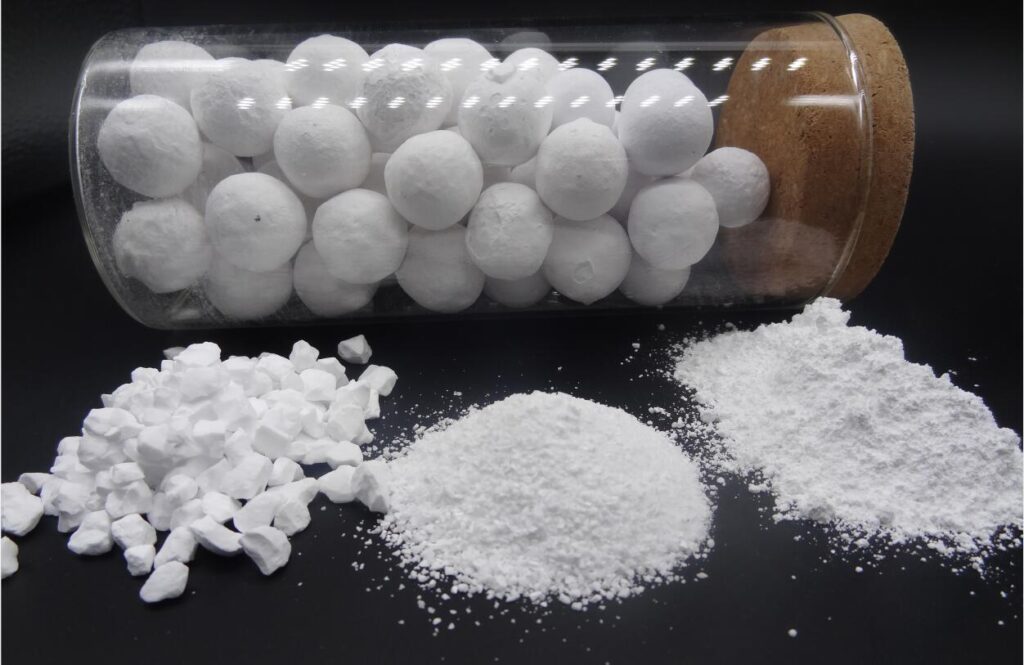What is the difference between white corundum and tabular alumina as refractory materials?
Both white corundum and tabular alumina can be used as refractory materials, but some use white corundum while others use tabular corundum. What is the difference between the two?
Preparation method and chemical composition:
White corundum:
It is made from industrial alumina powder. It is melted in an electric arc at a high temperature of more than 2000 degrees and then cooled. After crushing, shaping, magnetic separation to remove iron, screening and other processes, it finally obtains a variety of particle sizes. of white corundum products. Its chemical composition is mainly aluminum oxide (Al2O3), with a content of more than 99%, and contains a small amount of iron oxide, silicon oxide and other ingredients.
Tabular alumina:
Tabular alumina is prepared by rapidly calcining ultra-fine α-Al2O3 balls at a temperature slightly lower than the sintering temperature. After heat treatment, the 18-20mm balls are crushed or ground to obtain it of various sizes. Its chemical composition is similar to that of white corundum, but the grain pores of it are significantly different. Most of the pores are closed pores, which helps to improve its thermal shock resistance and strength.
Performance and application areas:
White corundum:
It has high hardness, high wear resistance, good chemical stability and high temperature resistance. It has high hardness, high purity, good self-sharpening, strong grinding ability, low heat generation, high efficiency, acid and alkali corrosion resistance, and good high temperature thermal stability. White corundum is suitable for the manufacture of ceramics, resin-bonded abrasives, grinding, polishing, sandblasting, precision casting, etc. It can also be used to manufacture high-performance refractory materials.
Tabular alumina:
It is named because its grain shape is like a plate, and it has high thermal shock resistance and high strength. Its surface structure is rough and has shallow hemispherical pores. This structure promotes its reaction and mechanical interlocking with the matrix, thereby improving the strength of the refractory material. It is suitable for refractory materials in high temperature environments, such as lining materials for high-temperature furnaces.
Summary
White corundum and tabular alumina differ in preparation methods, chemical composition and properties, resulting in their own advantages and disadvantages in different application fields. White corundum is suitable for occasions requiring high wear resistance and chemical stability, such as mold manufacturing and precision casting; Tabular alumina is suitable for occasions requiring high thermal shock resistance and high temperature stability, such as lining materials for high-temperature furnaces.

